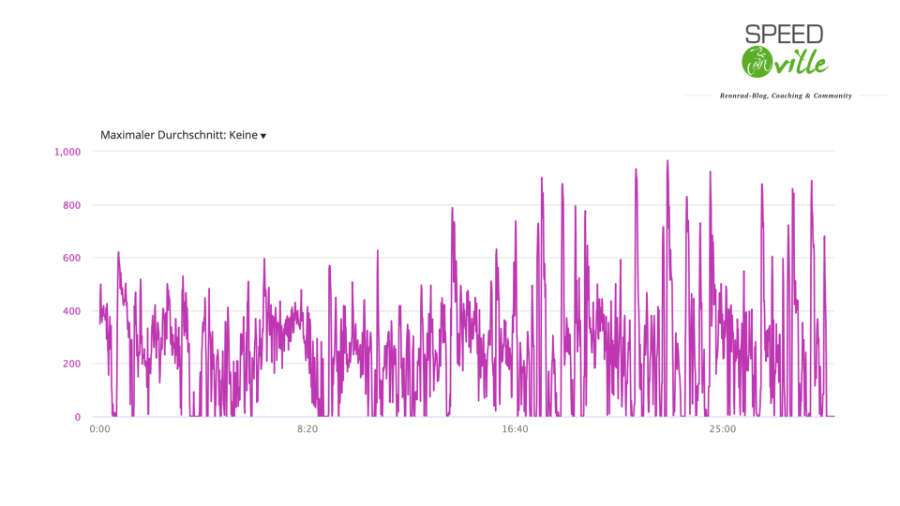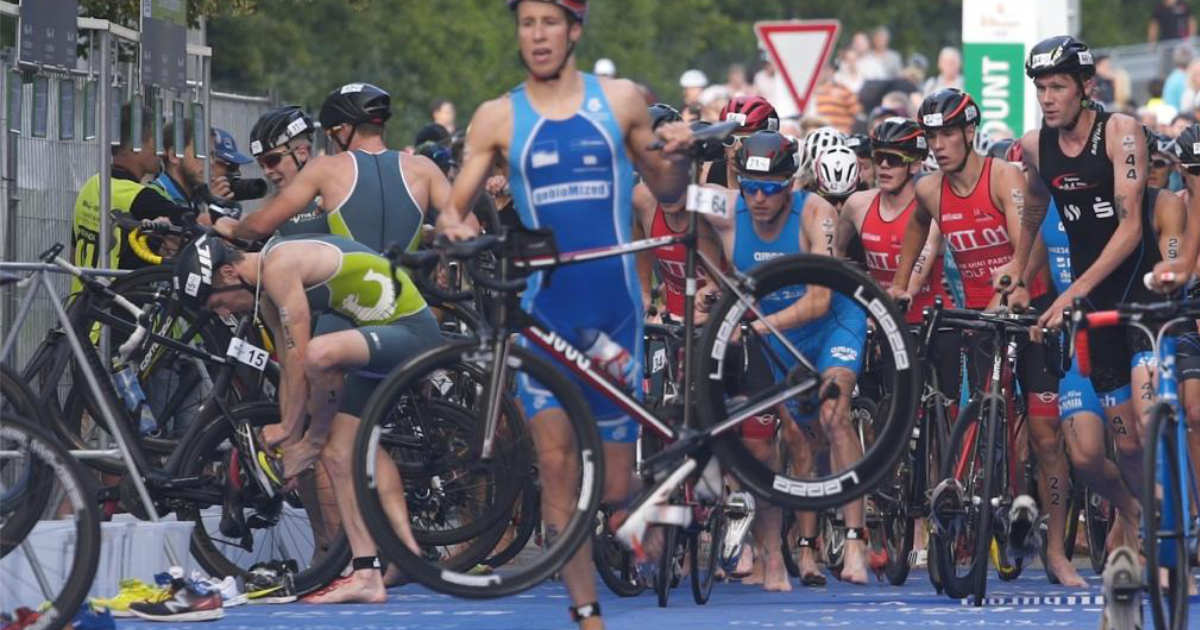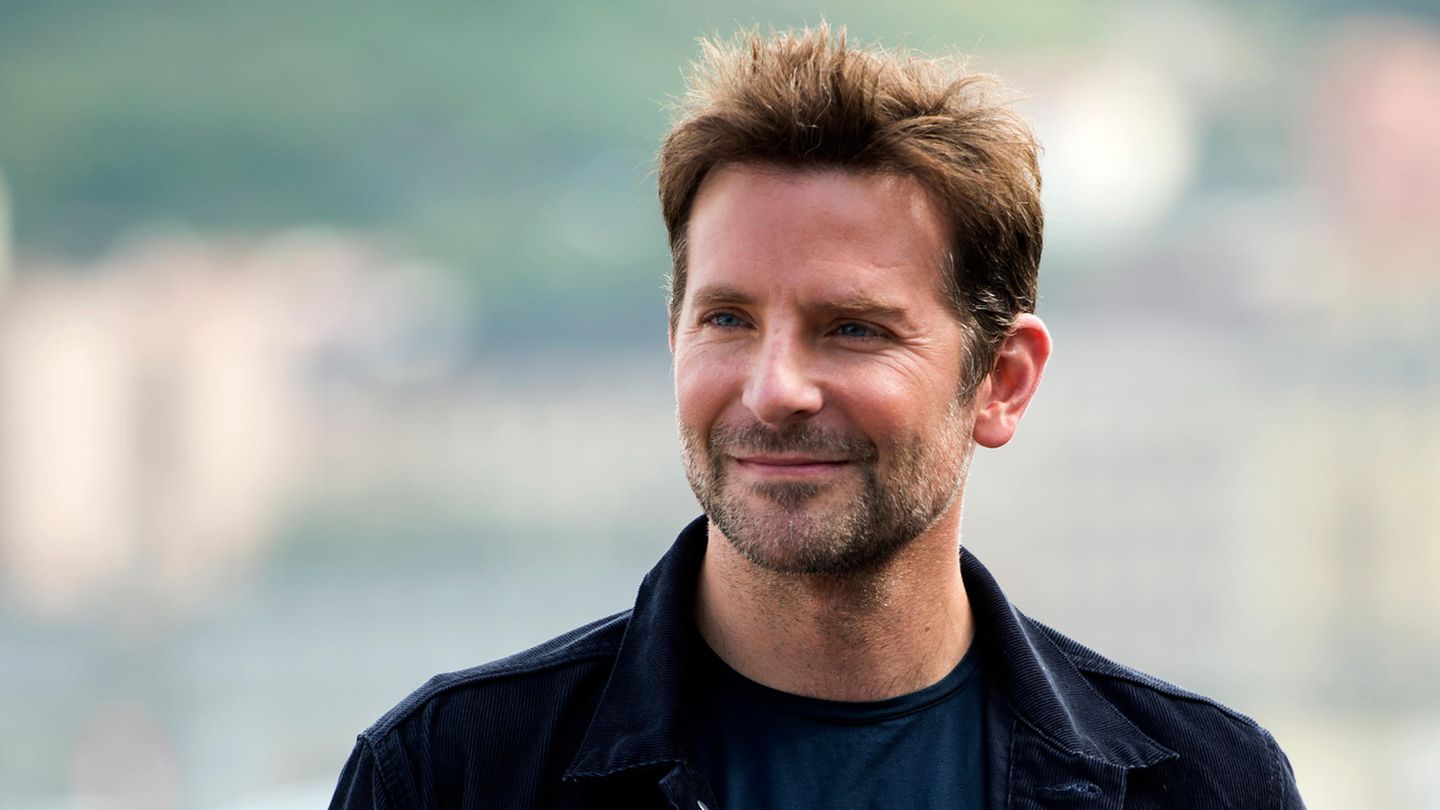Triathlon Bundesliga …
… in the sprint distance.
Today’s question: How many watts do you have to add to the chain to keep up? How do you have to train mainly with the bike? What deductions can be made for “normal” cycling training?
Not only time trial handlebars and driving straight for hours – our coach Anton introduces us to the Triathlon Bundesliga in today’s talk, which, according to Anton, is almost exclusively completed in the sprint distance.
The bikes in the Bundesliga are also completely “normal racing bikes” – with a drop bar and no time trial handlebars.
Please check us out, as we are a cycling blog here, let’s not look any further into the disciplines of swimming and running.
As I said, we mainly look at how do you have to train for the Bundesliga and how many watts or flavors do you need in the Haxn.
And that’s not so little!
For classification:
The distances & times in the Bundesliga (sprint distance)
- Swimming: 750 m
- Bike: 20 km (including slipstream clearance)
- Run: 5 km
To get a feel for the times, I took a look at the results of the Bundesliga race in Saarbrücken (2020) as an example and show the fastest man and the fastest woman here!
- Tim Hellwig
- Swimming: 7:40 min.
- Rad: 23:10 min. (38.8 km/h !!!)
- Running: 13:16 min.
–
- Lena Meissner
- Swimming: 8:29 min.
- Rad: 26:32 min. (33.9 km/h !!!)
- Running: 14:56 min.
–
–
About our coach Anton Schiffer
- Anton Schiffer
- SpeedVille Coach
- Studied sports science at the German Sport University in Cologne
- Triathlon Bundesliga for the KTT 01 team
- Triathlon since 2010
- Formerly D / C Bundeskader Deutsche Triathlon Union in the young generation
- Successes:
- 2x Top 15 (Bundesliga)
- 2x 2nd Bundesliga won
- Height: 1.78 m
- Weight: 61-62 kg
- FTP: ca. 340 Watt (ca. 5,5 W/kg)
—
????
How much power (watts) do you need for the Triathlon Bundesliga?
Here are the most interesting timestamps from the talk with Anton …
[ab 3:00 min.]
Almost exclusively sprint distances
The big difference to the well-known Ironman races is that the bike part can be ridden in the slipstream. So basically very similar to normal bike races.
[ab 4:00 min.]
How much power does it take for the Triathlon Bundesliga
(Focus on wheel)
- Offtopic: I was surprised that Anton does have a beer every now and then in the offseason
- Anton shows us the list of results from the 1st race in Berlin in 2021
- here it becomes clear that things are very tight at the top !!!
- over 20 km / h is run! (really fast!)
[ab 8:20 min.]
What is the requirement profile?
Anton describes impressively what you have to bring with you for the 3 disciplines – physiologically, but also strategically!
A few numbers from his race in Berlin:
- ø power: 274w (4.4 w / kg)
- max.power: 966 w (15.5 w / kg)
- normalized power: 285w (4.59 w / kg)
- Intensity Factor (IF): 0,94
[ab 11:50]

–
Very decent intervals of at least 600w
Anton shows very well in the power profile that the cycling races in the Bundesliga are anything but time trials.
I counted about 20 sprints of at least / around 600 watts.
Oops!

–
The bike training: how do you prepare?
[ab 16:50]
Anton emphasizes that it is very important to complete a low-intensity training beforehand – of course in combination with well-dosed intervals – i.e. the so-called polarized training.
Very interesting note:
A professional triathlete trains about 30 hours a week!
Even more interesting: On a day of rest (Mon + Fri) there are “only” 2 units a day for a professional triathlete: e.g. athletics and swimming 🙂
30 hours of training per week with a professional!
I knew.
Again and again the warning finger – and at the same time one of the biggest mistakes in cycling:
If you have the basis in the training plan, then please drive basis (GA1 or L2):
That means approx. 55-65% of the FTP !!! (how you determine your FTP, you can see here!)
The classic mistake of every man is that he likes to shoot his buddies on these days, does not regenerate sufficiently and then brings “nothing” to the chain for the intervals on one of the following days.
Thank you for the cool talk, dear Anton!
If you want to train with Anton, take a look at our coaching offer (click here!) – or come to our bike camp in the Eifel !!
Anton will be there too 🙂
Sincerely,
Daniel
Photos: private
–


